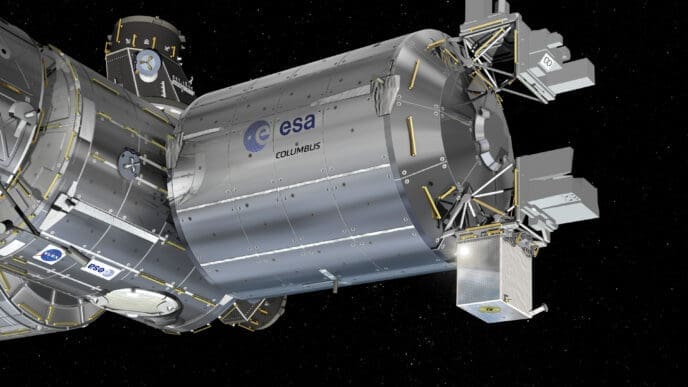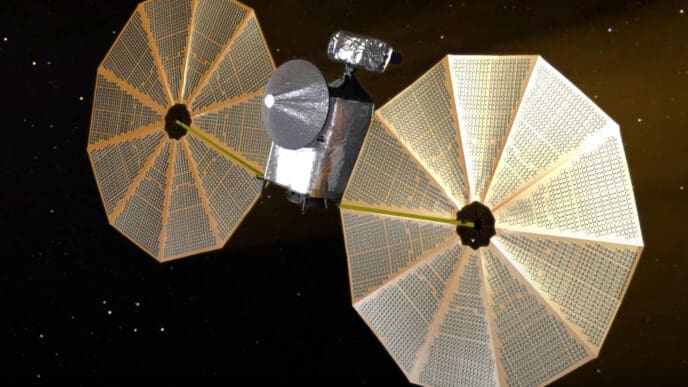In a significant advancement for digital communication, New Zealand has become the first country to offer nationwide direct-to-smartphone service using Starlink satellites.
On December 18, 2024, SpaceX initiated early direct-to-smartphone messaging services in New Zealand, marking a pivotal moment as it expands its Starlink satellite market. One NZ, a telecommunications company, proudly announced its status as the first provider worldwide to enable nationwide connectivity through smartphones using Starlink technology. This innovation aims to reach areas covering 40% of New Zealand’s landmass, previously inaccessible due to the lack of cell towers.
The coverage provided by Starlink’s service supports New Zealand’s traditional communication networks by adding an additional layer of reliability. It does not replace existing emergency communication tools, emphasizing its role as a supplementary service. The extension of this service reaches up to 20 kilometers out to sea, covering New Zealand’s territorial waters.
Initially, the One NZ Satellite TXT service is available without additional cost to current pay monthly plans. However, only four types of handsets are currently compatible: Samsung Galaxy Z Flip6, Samsung Galaxy Z Fold6, Samsung Galaxy S24 Ultra, and Oppo Find X8 Pro. Despite these limitations, Joe Goddard, One NZ’s experience and commercial director, anticipates that by 2025, the service will be operational on more handsets, potentially reaching hundreds of thousands of users.
The current setup allows text messages to be sent and received within three to ten minutes, depending on the space constellation’s density. As SpaceX continues to deploy more satellites, the average transmission time for texts is expected to decrease to about one minute. With over 300 Starlink satellites in low Earth orbit (LEO) capable of using partner telco’s cellular spectrums, SpaceX holds regulatory permissions to deploy up to 7,500 satellites for enhanced coverage and performance.
Starlink is also pursuing permissions from the U.S. Federal Communications Commission to amplify satellite signal strength, enabling potential voice and data services. This expansion aligns with Starlink’s broader strategic agreements with global telcos, including T-Mobile (U.S.), KDDI (Japan), Optus (Australia), Salt (Switzerland), Entel (Chile and Peru), and Rogers (Canada).
The direct-to-smartphone strategy not only diversifies Starlink’s revenue streams, initially focused on retail broadband services but also expands into government and enterprise sectors. Having entered the market in 2019, Starlink aims to generate significant revenue, with projections reaching $11.8 billion by next year, according to market research by Quilty Space.
SpaceX, currently operating more than 6,800 satellites in LEO, stands as the largest operator of satellite constellations globally. This development signifies a considerable leap in satellite technology, providing unprecedented connectivity options across diverse regions.
New Zealand’s integration with the Starlink satellite network marks an innovative step in global digital connectivity. As these services gain traction, they promise to transform communication dynamics across remote and previously unconnected areas, reinforcing the importance of satellite technology in modern telecommunication landscapes.
Source: Spacenews











